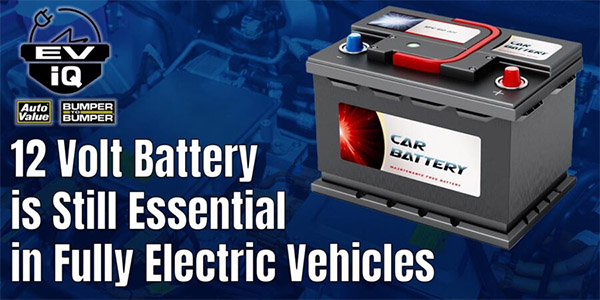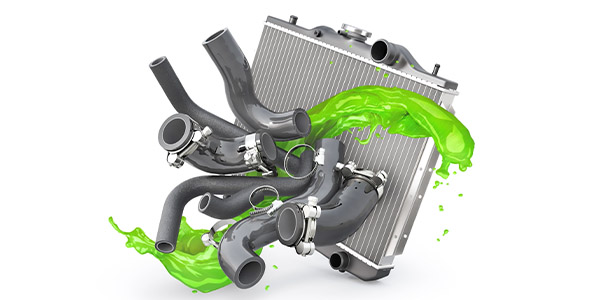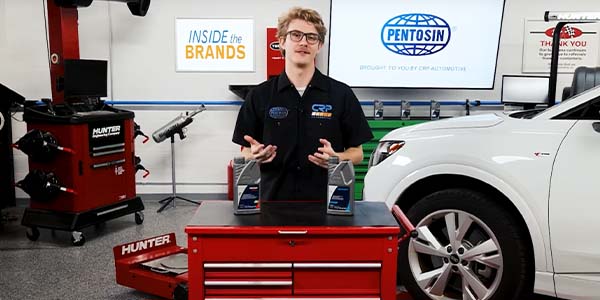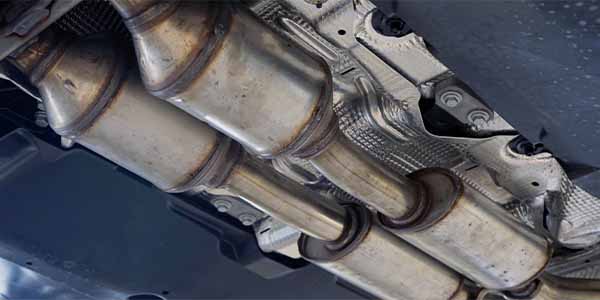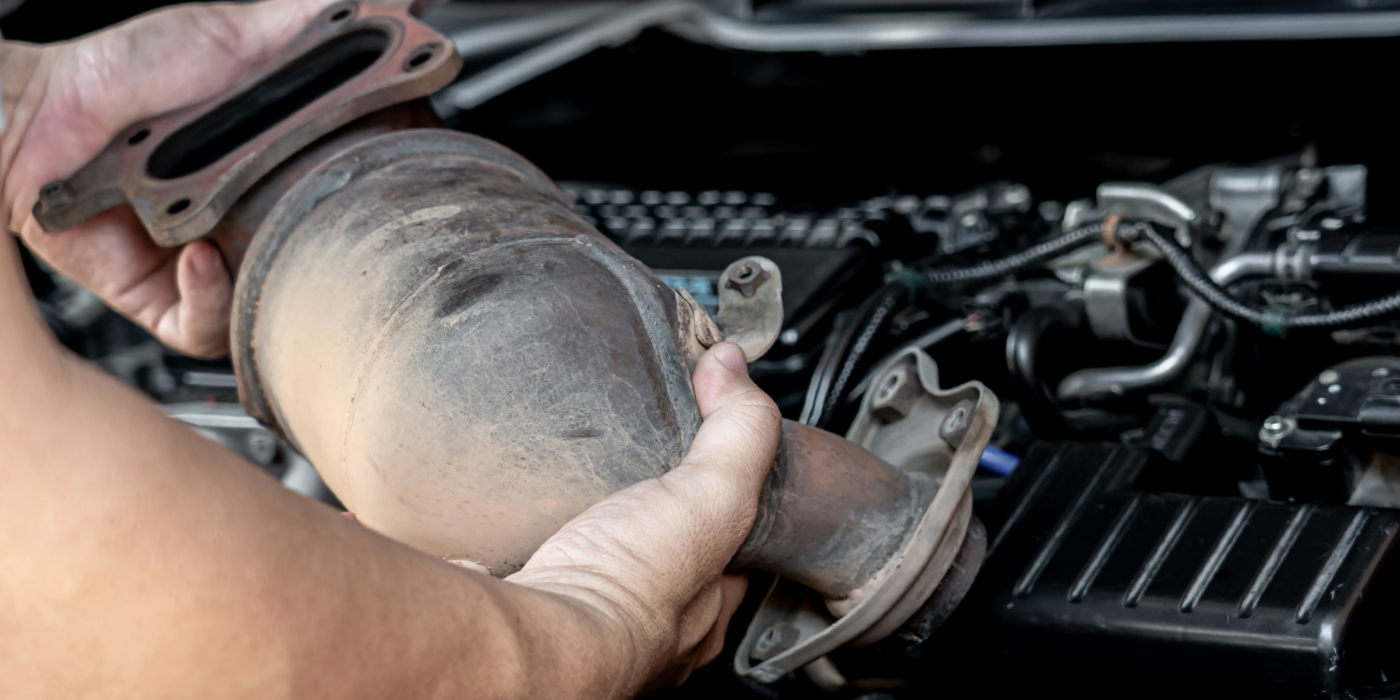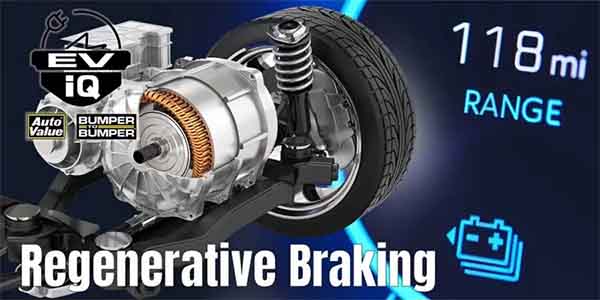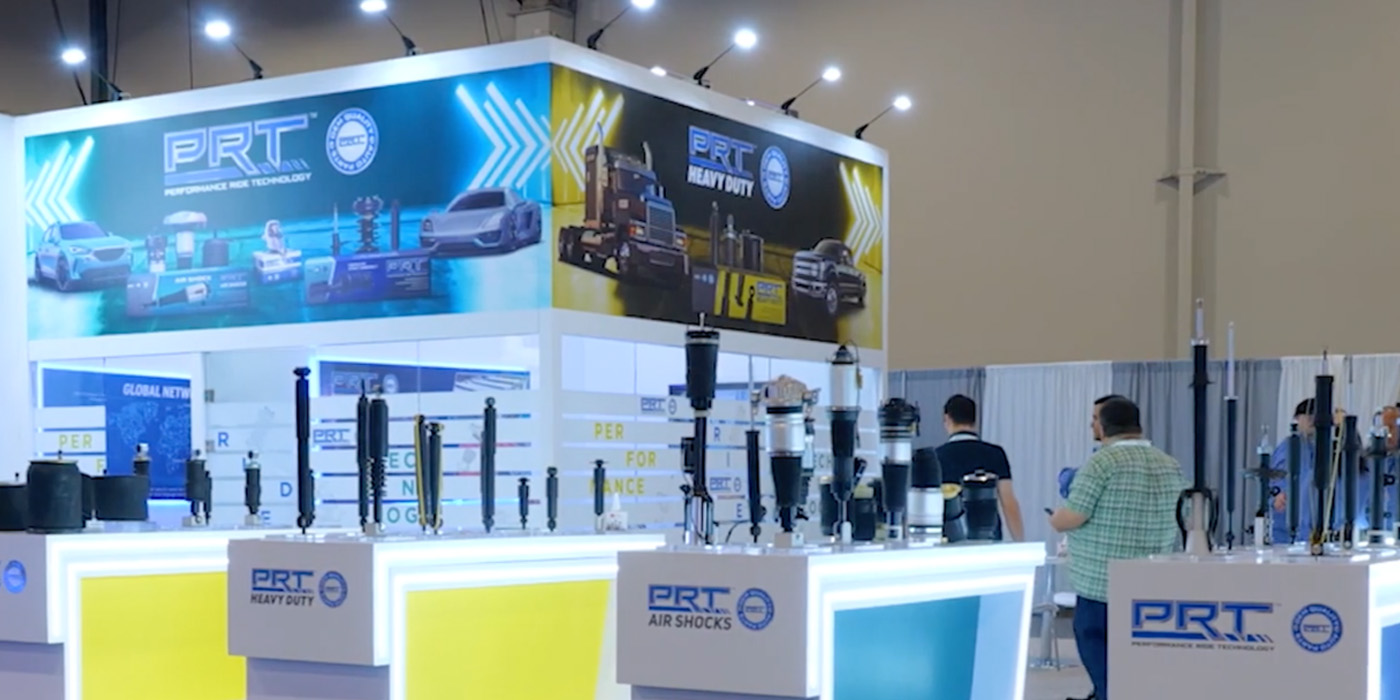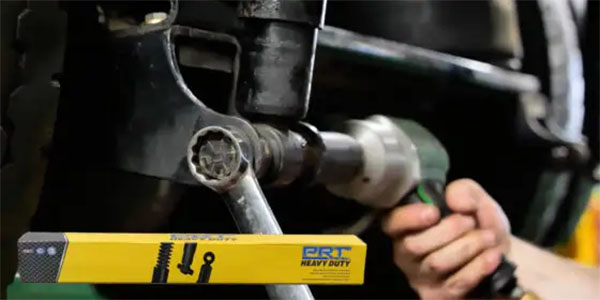CC:
Hi, my name is Clint Cooper. I’m with AP Emissions. AP Emissions cares deeply about clean air. We want to ensure that everyone has fresh clean air to breathe today, and for generations to come. In the half century since the Clean Air Act was enacted, we’ve removed thousands of tons of dirty pollution from the tailpipe emissions of millions of cars. We’re proud of the role we’ve played in cleaning the air you’re breathing right now.
In this video series, we’ll take a close look at how catalytic converters work, how they break down, what causes that dreaded P0420 code, and some helpful diagnostic tips that you can use to isolate and fix the real problems that cause catalytic converter failure before you replace the cat.
A catalytic converter is an emissions controlled device that decreases the harmful gases present in tailpipe emissions. Untreated tailpipe exhaust pollutants combine in the air and the sun to create smog, which is a major public health hazard known to reduce lung function. No one wants to breathe dirty air, and catalytic converters are the best solution at cleaning and reducing harmful tailpipe emissions.
The inside of a catalytic converter typically holds one or more ceramic honeycomb bricks, each containing many different cells per square inch that the exhaust gases can flow through. Each cell wall is coded in a catalyst formulation that’s made up of various precious metals like platinum, palladium, and rhodium. These precious metals are suspended in a wash coat that is irregularly textured to maximize the amount of contact that the catalyst formulation makes with the exhaust gases flowing through the converter. Hot exhaust gases flow through each cell and interact with the catalyst formulation in the wash coat lining the cell wall.
The wash coat also contains other helper metals that store and release oxygen used to manage and regulate catalytic reactions. The catalyst reaction takes place simply by having the exhaust gases make physical contact with the catalyst formulation inside the wash coat.
At AP Emissions, we load our own substrate and we engineer our own catalyst formulations. We use a proprietary process to load our bricks that allows us to use two different, but complimentary catalyst formulations on that same brick. One catalyst formulation goes in the front and another catalyst formulation goes on the rear of that very same brick.
Our competition uses a generic brick with a weak singular catalyst formulation that’s spread thinly and unevenly across the entire brick, using a gravity based application process called the waterfall method, where they pour that catalyst slurry on the top of the brick and cross their fingers, and they hope it coats the cell walls evenly.
Our proprietary suction based loading method uses a much thicker, more durable and even wash coat application than the waterfall method. We engineer our heavy duty catalyst formulations to keep the light off for each specific year, make, model, gross vehicle weight, and engine family that it is cataloged for.
AP Emissions Clean by Design catalytic converters are designed to fit and they’re built to last. When you use an AP Emissions catalytic converter, you can rest easy knowing that we’ll keep the light out.
When the hot exhaust gases interact with our catalyst formulation, a catalytic reaction takes place that reduces or oxidizes 90% of the oxides of nitrogen, unspent fuel and carbon monoxide present in untreated tailpipe emissions, and 90% efficiency catalytic converters are an incredibly effective tool to meet and exceed the clean air standards needed for healthy living.
A catalytic converter is a simple device. There’s no moving parts to break and it rarely fails on its own. When a catalytic converter does fail, typically it’s the result of engine failure in the engine management system and poor vehicle maintenance.
This video is sponsored by AP Emissions.




